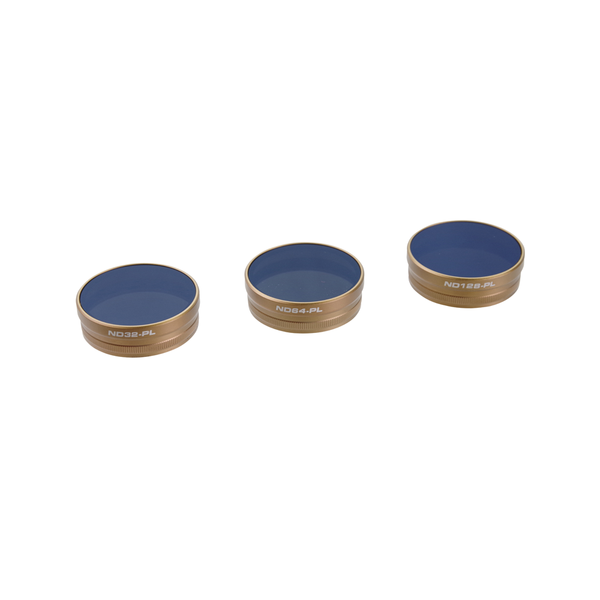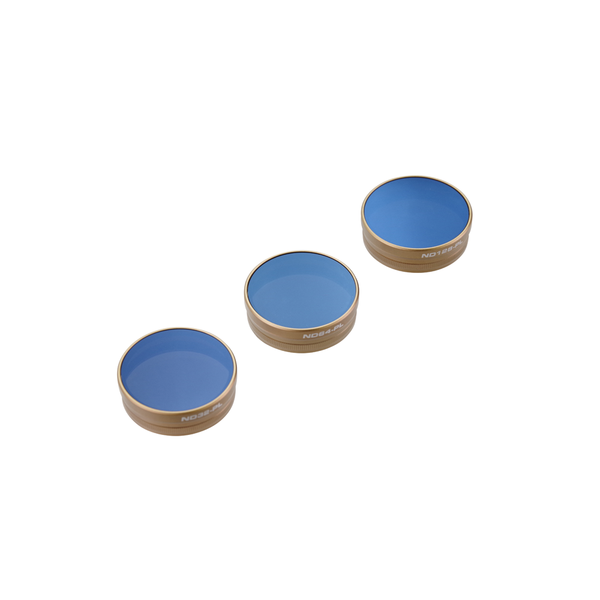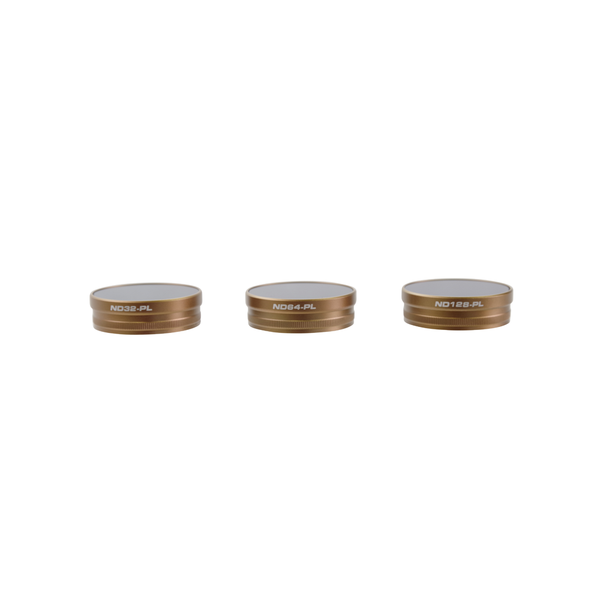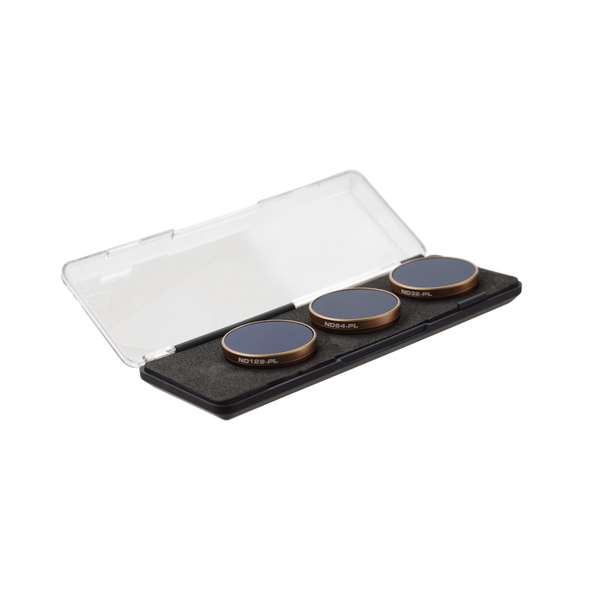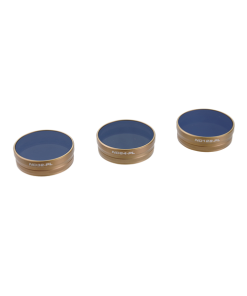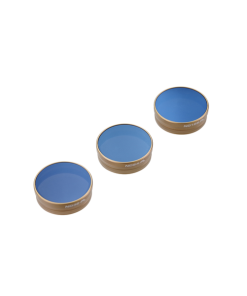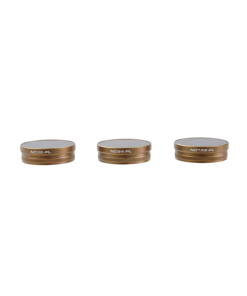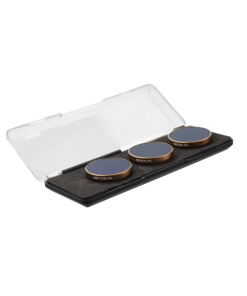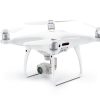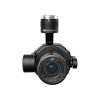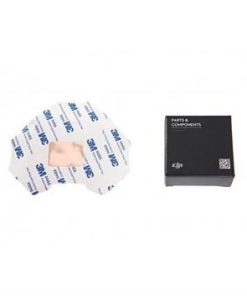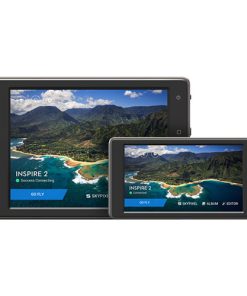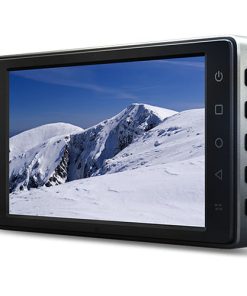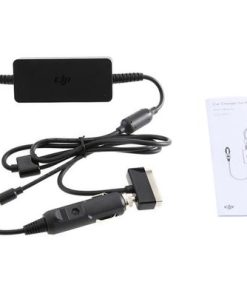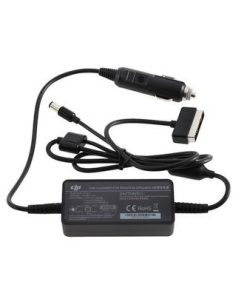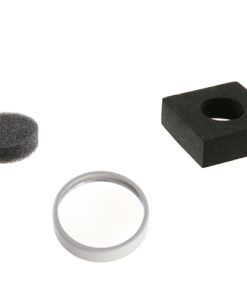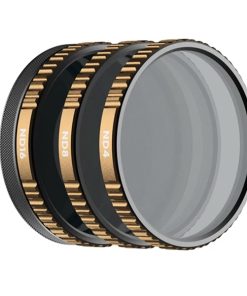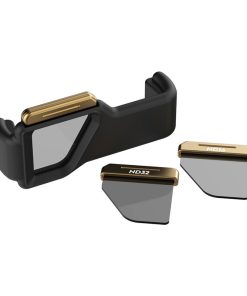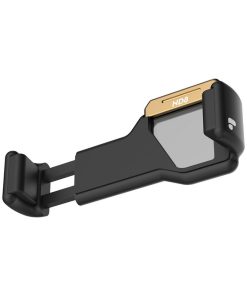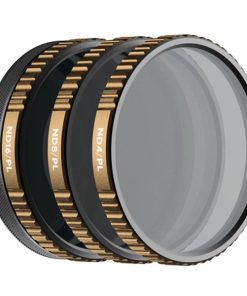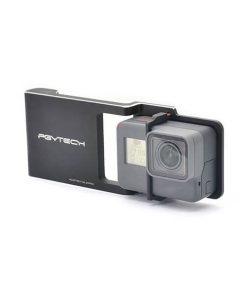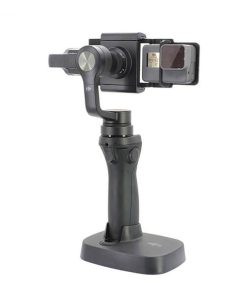DJI Phantom 4 Pro/Adv – Cinema Series – Artisan Collection
SKU: 0000780.00 €
Διαθέσιμο κατόπιν παραγγελίας
Included Filters:
ND32/PL: The ND32/PL reduces 5-stops of light and also polarizes the scene. This filter can be used for video or longer exposure photos. For video this filter would be used on a sunny day at a lower aperture (f2.8 or f4.0).
ND64/PL: The ND64 filter reduces 6-stops of light and polarizes the scene. The ND64 filter could still be used for video if shooting wide open (f2.8) on a bright sunny day. The other use of this filter is to reduce 5-stops of light for longer exposure photography.
ND128/PL: The ND128 filter reduces 7-stops of light and also polarizes. This filter will be exclusively for shooting photos. You would never use this for video. The ND128 filter is going significantly reduce the light to the sensor allowing you to shoot creative long exposures during the day.
Long Exposure Photography:
PolarPro’s high power ND filters enable photographers to capture long exposure shots during daylight hours. Natively there is too much light for the Phantom 4 Pro and Advanced to shoot long exposure during the day. A heavy ND filter such as an ND64, ND128, or ND256 will help cut down light unlocking longer exposures during the day.
What to Expect:
Shooting long exposure images from a drone can be challenging and requires shooting a lot of images. The goal is to keep the drone stable while the shutter is open (this can be up to 8 seconds). This makes shooting in windy conditions challenging. We recommend shooting long exposure in very calm winds and shooting many images. When you shoot 100 images you should expect 1 or 2 great images from that set. Many of these images will be blurry, this means the drone drifted while the shutter was open. Therefore, you will want to take as many images as possible.
Subjects for Long Exposure:
There are many creative long exposure images you can get ideas from. Taking long-exposure images from an aerial perspective unlocks even more opportunities. You can start with shooting water: the ocean, rivers, lakes and see how the longer exposure times, effect images. Then you can use your creative mind to capture other unique perspectives.
Why So Many Filters?
Each filter is going to yield a different shutter speed, which will in turn, yield a different result. The higher the ND, the longer the exposure will be. We have different ND filters for two reasons. 1. Stacking filters is bad, the more glass elements light passes through, the greater the chance for lens flaring and image degradation. 2. Stacking filters creates too much weight and strain on the gimbal. We offer so many filter options because the fewer external glass elements light passes through, the better the image quality will be.
Cinema Series Glass:
The Cinema Series glass is a production level glass with optical AR coatings to help reduce lens flaring. It is especially important to have a high-end glass with the stronger ND filters. The Cinema Series filters hold color temperature constant even at higher ND ratings.
| Brand | PolarPro |
|---|



